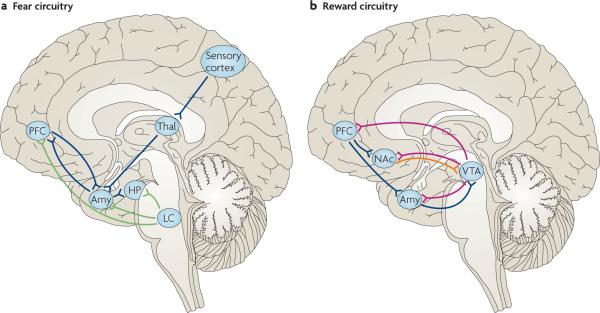Figure 3. Neural circuitries of fear and reward.
A simple schematic of the key limbic regions in the fear and reward circuitries. These regions are highly interconnected and function as a series of integrated parallel circuits that regulate emotional states. Each is heavily innervated by the brain's monoaminergic systems — noradrenaline (from the locus coeruleus (LC)), dopamine (from the ventral tegmental area (VTA)) and serotonin (from the raphe nuclei (not shown)) — which are thought to modulate the activity of these areas. a | Fear-inducing sensory information is relayed through the thalamus (Thal) to the amygdala (Amy). The amygdala is particularly important for conditioned aspects of learning and memory, as is best studied in fear models. The hippocampus (HP) has a crucial role in declarative memory, but it probably functions more broadly in regulating emotional, including fear, behaviour82. b | The nucleus accumbens (NAc) is a key reward region that regulates an individual's responses to natural rewards and mediates the addicting actions of drugs of abuse. The prefrontal cortex (PFC) — which is composed of multiple regions (for example, the dorsolateral PFC, the medial PFC, the orbitofrontal cortex and the anterior cingulate cortex, among others) with distinct but overlapping functions — is sometimes also included in the limbic system and is essential to emotion regulation. PFC regions provide top-down control of emotional responses by acting on both the amygdala and the NAc (a and b). Several regions that are important for fear and reward learning are not shown in the respective circuits; for example, the NAc also regulates responses to fearful stimuli and the hippocampus also regulates responses to rewarding stimuli. The limbic regions depicted are also part of integrated circuits that mediate social responses and behaviour. The functional status of all of these circuits has important implications for resilience to stressful life events. Notably, alterations in one neurotransmitter, neuropeptide or hormone system will affect more than one circuit. Blue lines represent glutamatergic connections; green lines represent noradrenergic connections; red lines represent dopaminergic connections; the orange line represents a GABA (γ-aminobutyric acid)-ergic connection.

